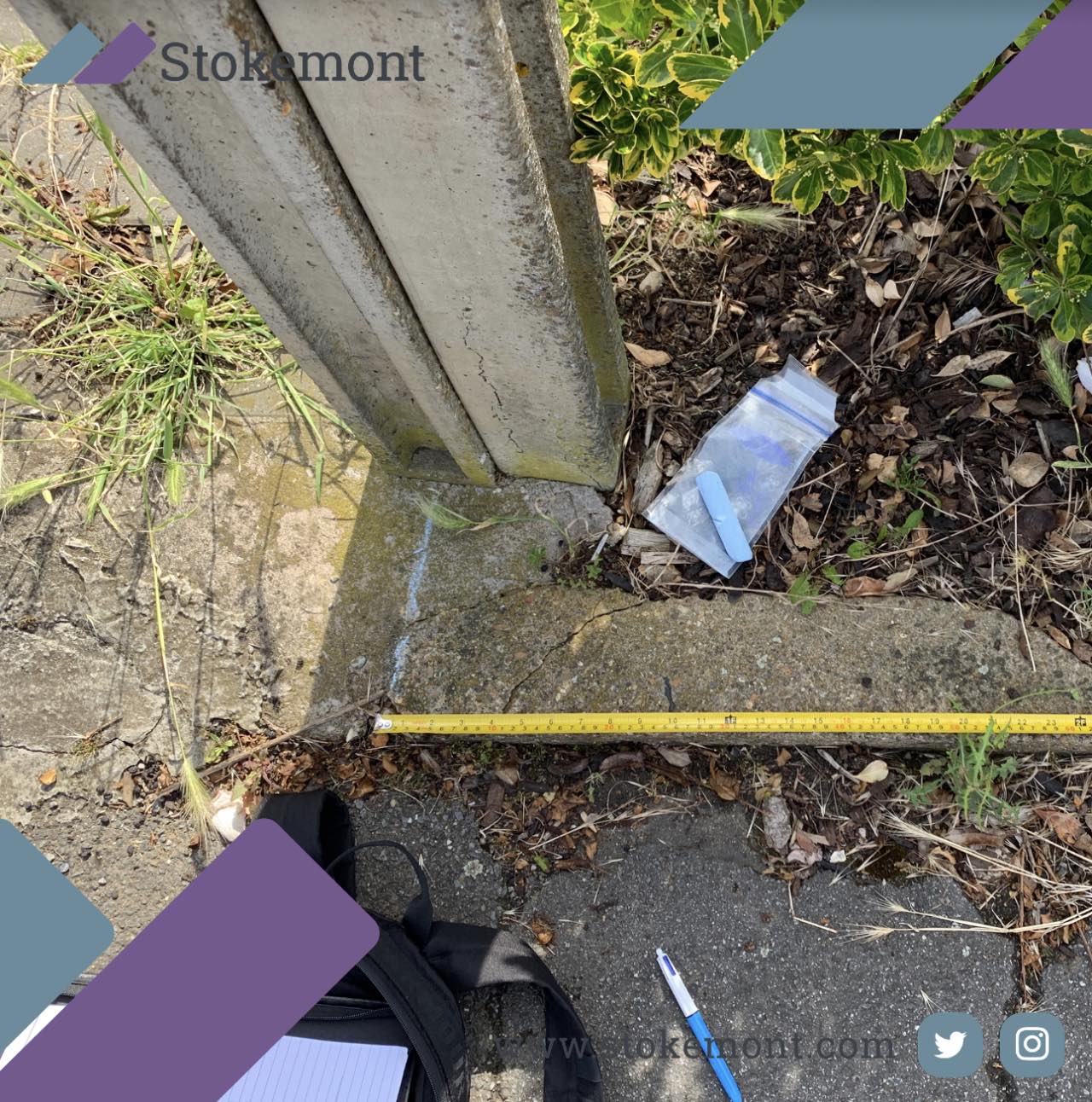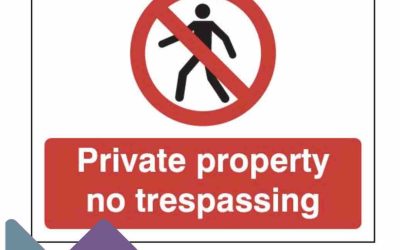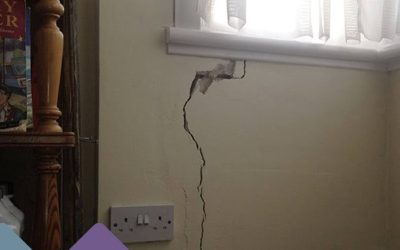Thank you for taking the time to read our informative property blog posts and articles. In this week’s Property Surveying blog post, we are going to be looking at why property owners should refrain from relying on fencers or contractors to set out their boundary lines.
So, what exactly is a boundary line?
A boundary is an artificial line that divides two pieces of land.
While many of us are lucky enough to avoid a boundary dispute, there are a great number who do find themselves party to some form of boundary issue, dispute or problem.
In an effort to identify the correct location of the boundary line which separates two pieces of land, it can be somewhat of a complex matter and in many cases property owners will unknowingly commit the cardinal sin of relying on a contractor or fencer to set out the boundary line.
Can the placement of my fence by a specialist fencing company determine my boundary between my neighbour?
In short, the answer would be no.
Fencing companies or fencing specialists are excellent in installing fences and fence posts, however their role as specialists is to provide clients great supplies of high-quality fencing and gates for homes. Not to determine where those fences should go.
Although they may have the skill and experience to perfectly layout a timber fence in the straightest line possible, this definitely wouldn’t suggest it’s been placed in the right location. Which can lead to very costly and heated disputes with neighbours.
Fencers, if relied upon will most likely place the fence based on logic or gut feeling more than anything which isn’t the right approach to solidifying the location of a boundary that separates land owned by two owners or more. This should never be the approach to determining the location of the boundary as it would lead to fences being placed in the wrong place leading to trespass, which could lead to a vast amount of costly legal and construction cost to remedy this.
Furthermore, when faced with difficulty such as unexplainable uneven grounds, fencers would naturally avoid and work around obstacles within the ground or huge tree or tree roots or historic features such as broken concrete, chunks of metal cemented in the ground. However, these play a major part in identifying a boundary between pieces of land. So the approach of working around any obstacle to the best of their ability in order to complete the service and please the client would be unjustified when it comes to boundary determinations.
Fencers will naturally avoid and work around obstacles within the ground or huge tree or tree roots or historic features such as broken concrete, chunks of metal cemented in the ground. These play a major part in identifying a boundary between pieces of land but would be overlooked by a fencer. Furthermore, boundary lines that separate property is not always straight, this must be taken into account.
Fencers should never be relied upon as they would very much like to please clients, so their stance is from the outset is one of bias. Boundary determination must be approached impartially and with a full insight into all the information available, precise measurements and research into the history of the intended boundary between lands will need to be considered and thoroughly reviewed in regard to the intended boundary line before a sound determination is made.
Boundary Surveyors Approach
As boundary surveyors, our approach is very different. In order to reach a firm conclusion, it would involve a mixture of approaches such as site visitation and desktop research.
To start with, a boundary surveyor would undertake a site inspection. When a boundary surveyor visits the site or property, they would willingly embrace any information available to them from the parties who are in the dispute. This will not only ensure they are well informed on the matter, however will also give them a firm background on the issue they have been tasked to resolve.
Following from the initial discussions, the boundary surveyor will then proceed to comprehensively inspect the surrounding areas of the property in question to gain a greater understanding of the layout of the demise, the lay of the land and broaden their understanding of the dispute in question, they will be looking for both boundary and historic features such as walls, hedges, fences, original fence posts, original features or anything that would have been potentially present during the construction of the property, or as close to the setting out of the boundary as possible.
Various measurements will usually be taken on-site by the boundary surveyor, as this could most likely support the findings or tone of the desktop research and or the conclusion of the matter as a whole.
Once a boundary surveyor has accomplished their on-site inspection, they will then proceed with extensive desktop research to help further understand the boundary dispute and matters that form part of it, solidifying their professional opinion and stance.
There are several methods and resources a boundary surveyor will utilise and rely upon to formulate and reach a conclusion to their assessment on the boundary dispute.
Documents/Evidence that can be used as evidence to help determine the boundary:
- Title deeds
- Title plans
- Planning records
- Conveyance deeds
- Mortgages
- Sale particulars
- Historic Maps
- Photographs
- Witnesses
Once the boundary surveyor has thoroughly reviewed all results, both the on-site findings and desktop research, they can then come to a sound conclusion on the matter and present their informed and reasoned position.
If you would like to discuss boundary surveying with our team of boundary surveyors give us a call today and we will be more than happy to assist and advise you.




